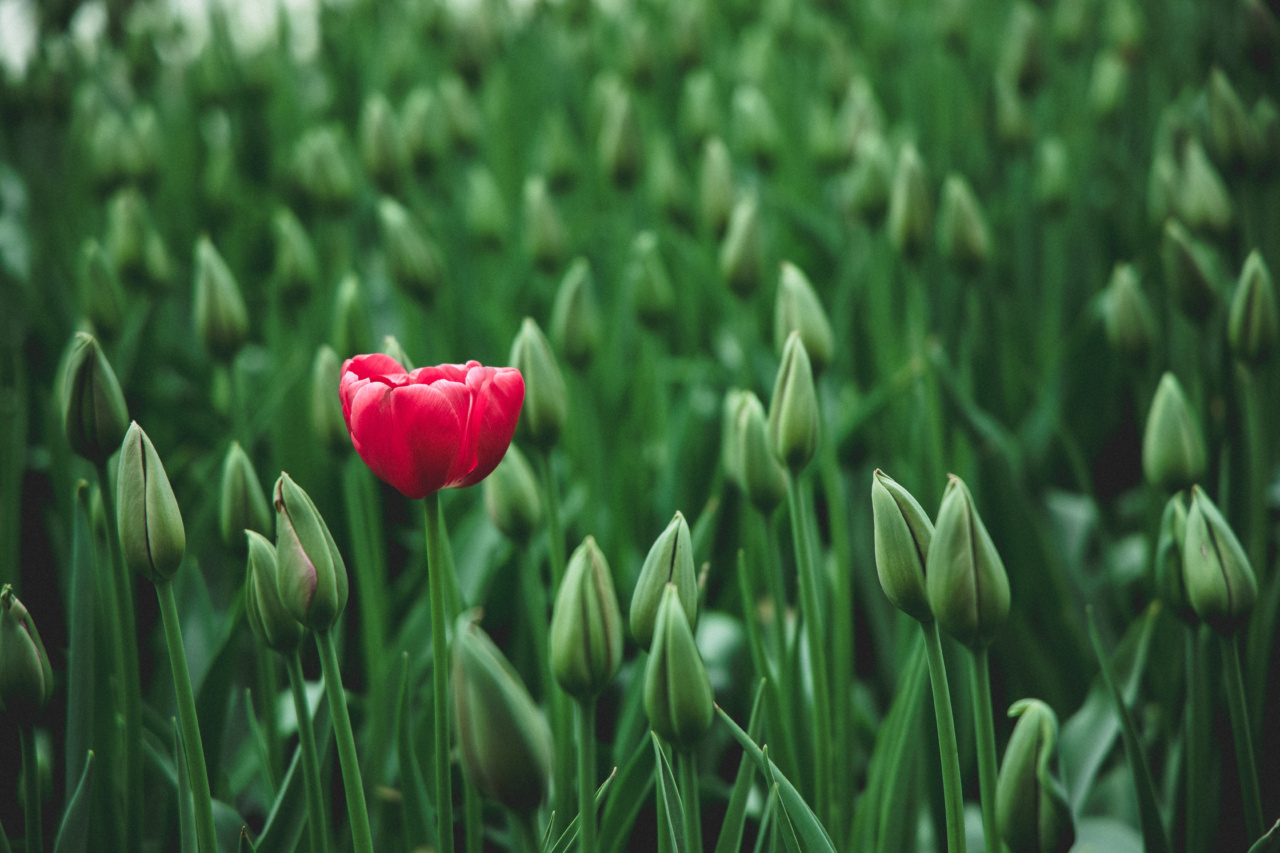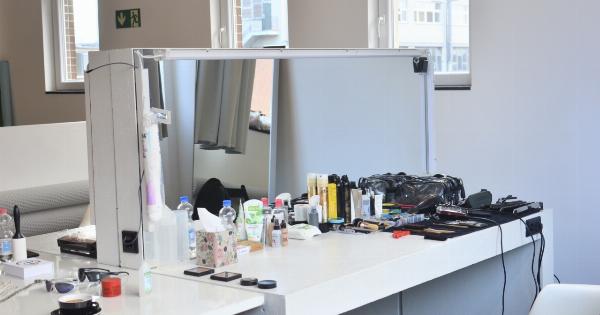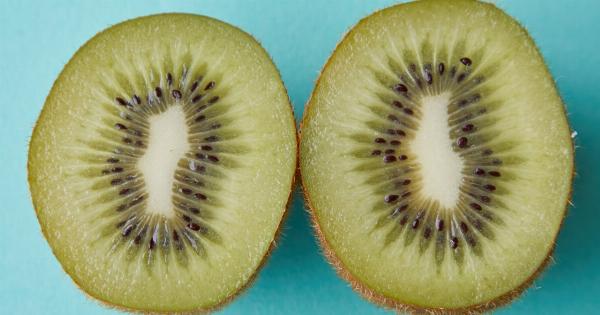Have you ever wondered why some people grow thick, full hair while others suffer from thinning hair or baldness? Why some people have naturally curly hair while others have straight hair? Why some people can grow hair on almost every part of their body, while others have virtually no hair at all?.
The answer lies in the unique genetic makeup of each individual, which influences the way hair grows and the patterns it follows.
Hormones and Hair Growth
One of the primary factors affecting hair growth patterns is hormone levels. Hormones are chemical messengers that regulate various bodily functions, including hair growth.
In particular, the hormones testosterone and estrogen play key roles in hair growth.
Testosterone, which is primarily a male hormone, stimulates hair growth on the face, chest, and other areas of the body.
It also plays a role in male-pattern baldness, which is characterized by a receding hairline and hair loss on the crown of the head.
Estrogen, which is primarily a female hormone, stimulates hair growth on the scalp and contributes to the thick, lustrous hair that many women have.
However, as women age and their estrogen levels decline, they may experience thinning hair or even baldness.
Genetics and Hair Growth
In addition to hormones, genetics also plays a significant role in determining hair growth patterns. Each person is born with a unique set of genes that dictate various physical traits, including hair texture, color, and growth patterns.
For example, some people have fine, straight hair that grows slowly, while others have thick, curly hair that grows quickly. Some people have a tendency to grow hair in certain areas of the body, while others do not.
One gene that has been identified as playing a role in hair growth is the androgen receptor gene. This gene is responsible for regulating the way hair follicles respond to hormones like testosterone and estrogen.
Variations in this gene can lead to different patterns of hair growth and may contribute to male-pattern baldness and female hair loss.
Age and Hair Growth
As we age, our hair growth patterns can change as a result of hormonal fluctuations, genetics, and other factors.
For example, many men experience male-pattern baldness as they age, while women may experience thinning hair or hair loss due to hormonal changes or other health conditions.
In addition to changes in hair growth patterns, hair texture and color can also change as we age. For example, hair may become coarser and more brittle, or it may start to gray or become lighter in color.
Diseases and Hair Growth
Several medical conditions can also affect hair growth patterns. For example, thyroid disorders, lupus, and some types of cancer can all cause hair loss or thinning.
Some medications, such as chemotherapy drugs and certain antidepressants, can also cause hair loss as a side effect.
Other conditions, such as alopecia areata, can cause hair loss in specific areas of the scalp or body. This autoimmune disorder occurs when the immune system attacks hair follicles, leading to patchy hair loss.
Nutrition and Hair Growth
Diet and nutrition also play a role in hair growth patterns. A diet that is rich in vitamins, minerals, and proteins can help to promote healthy hair growth, while a diet that is deficient in these nutrients can lead to thinning hair or hair loss.
Iron deficiency, for example, is a common cause of hair loss in women. Similarly, a lack of vitamin D can contribute to hair loss, as can a deficiency in zinc or biotin.
Stress and Hair Growth
Stress can also affect hair growth patterns. When we experience stress, our bodies release hormones like cortisol, which can impact the way our hair grows. In some cases, stress can lead to hair loss or thinning.
In addition to the physical effects of stress, psychological factors like anxiety and depression can also contribute to changes in hair growth patterns.
For example, some people may develop a compulsive habit of pulling out their hair, which can lead to bald patches and changes in hair growth patterns.
Hair Care and Hair Growth
The way we care for our hair can also impact hair growth patterns. For example, overuse of hot styling tools like curling irons and flat irons can damage hair follicles and lead to thinning hair or hair loss.
Similarly, chemical treatments like hair dye and relaxers can also damage hair and affect hair growth patterns.
To promote healthy hair growth, it is important to use gentle hair care products and to avoid harsh styling practices that can damage hair.
Conclusion
Overall, hair growth patterns are influenced by a complex interplay of genetic, hormonal, and environmental factors.
While we may not be able to control all of these factors, we can take steps to promote healthy hair growth by maintaining a balanced diet, avoiding harsh hair care practices, and seeking treatment for medical conditions that may be causing hair loss or thinning.

























